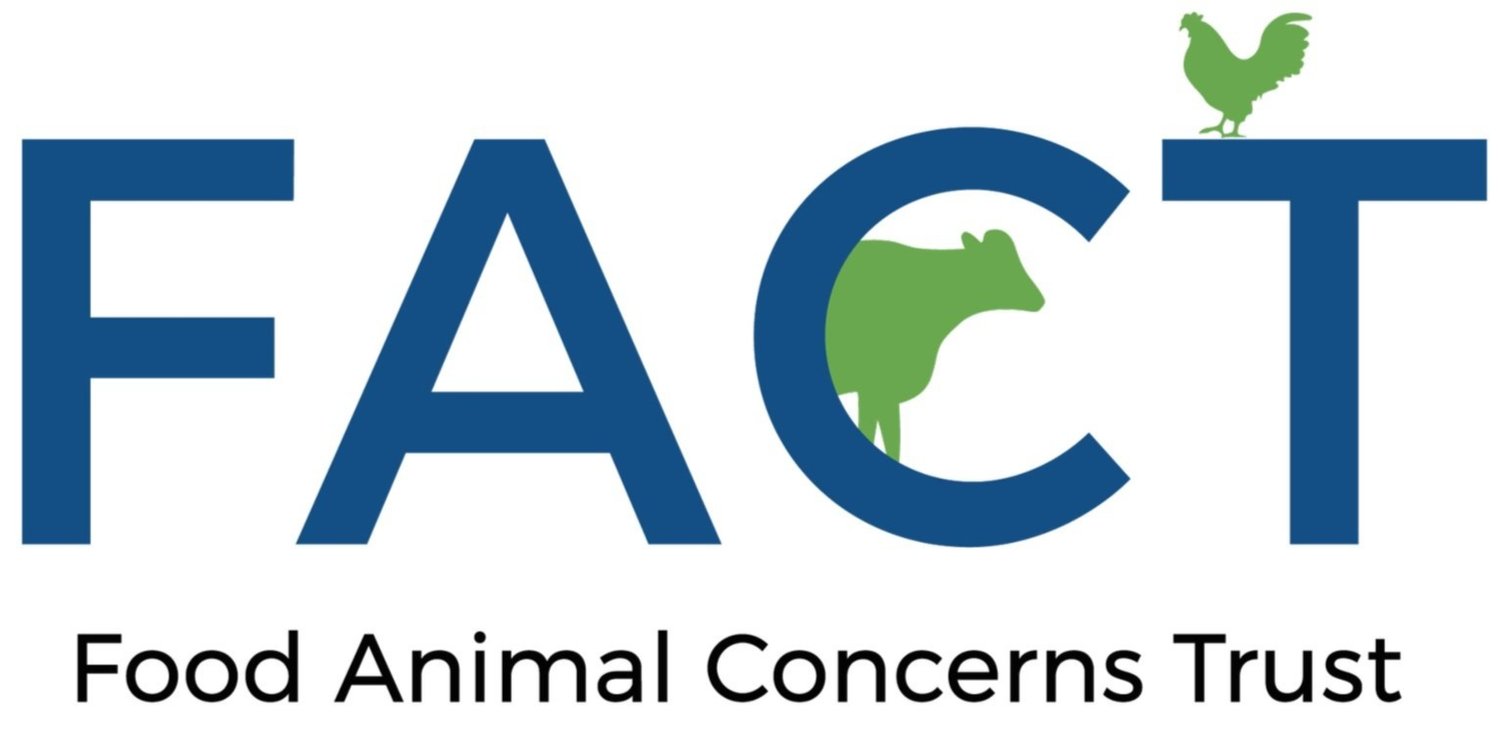Profiles in Conservation: Magoffin Family Ranch
Located in the high desert country of Klondyke, Arizona, about 2 ½ hours east of Tucson, the owners of Magoffin Family Ranch are accustomed to dry conditions and an annual monsoon season. However, the past few years have been extreme both in terms of drought and flooding.
Rancher Matt Magoffin and his family run 175 head of cattle on their 17,000-acre cow-calf operation. They’ve been on their current ranch for about seven years, but have been ranching in Arizona for over 100 years. They know the climate and terrain and intentionally use conservation practices that are adapted to suit their local environment.
Biochar is a charcoal-like substance produced from plant matter and stored in the soil as a means of removing carbon dioxide from the atmosphere.
Matt and his family move (or “rotate”) their animals frequently and manage their rangeland to prevent overgrazing. This means that they don’t let the cattle graze the plants too short or put more animals on the land than it can handle. These best pasture rotational grazing practices give the pastures a chance to rest and the plants time to regrow and allow to choose a pasture based on best rainfall and most ready for use. In addition, the ranch has established native plants and reduced non-native vegetation, and implemented practices that enhance wildlife habitat. They have also started to use biochar as a soil amendment to retain the moisture.
As a result of these conservation practices, Matt reports that they experience little to no run-off during monsoon season, as well as a reduction in erosion. Grass is growing in areas that were not green in the past which means that soil fertility is improving even during times of severe drought.
They were put to the test last year. 2021 turned out to be the driest year in the past 125 years in Southeast Arizona. Many of the ranch’s neighbors were forced to sell or reduce herds, or supplement with additional feed. Due to the way they managed their land, Magoffin Family Ranch did not need to downsize their operation or feed hay to their cattle. The land could support their animals.
Magoffin Family Ranch has participated in the Environmental Quality Incentives Program (EQIP) cost-share funding in the past to construct interior fence construction and install water pipelines, as well as a grant from the U.S. Fish and Wildlife service to apply biochar and reseed with native grass seed. The ranchers see the value in these types of programs and feel like they are helping them make progress toward achieving their conservation goals. They would like to see some changes to the programs to make them more accessible and practical, such as funding for perimeter fencing, and more a streamlined, transparent application process, particularly when it comes to the Conservation Stewardship Program (CSP).
Going forward, three generations of the Magoffin Family Ranch will continue to manage for the worst conditions, not the best conditions. They plan to reseed native grasses in additional areas of their ranch and hope to pull together a local watershed group to discuss ways to stop runoff and catch water during times of flood. Building resiliency like this is essential in the face of unpredictable, extreme weather events.
To help farms mitigate and adapt to the climate crisis, FACT supports the Agriculture Resilience Act (ARA). This farmer-driven, science-based bill calls for (1) increasing investment in agricultural research, (2) improving soil health, (3) supporting the transition to pasture-based livestock, (4) ensuring farmland preservation and viability, (5) promoting on-farm renewable energy, and (6) reducing food waste.


